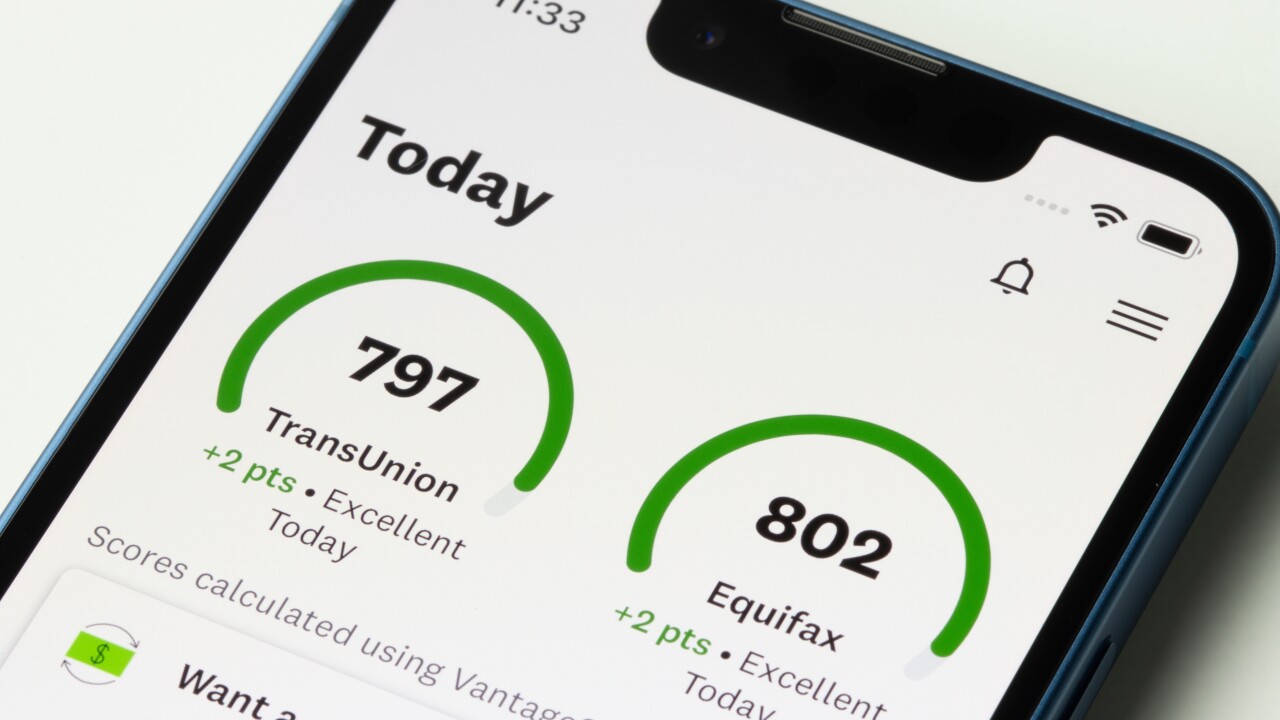The number of loans with pandemic-related payment relief inched up in the latest seven-day period tracked by Black Knight, but by less than during
Mortgages in active forbearance rose by 1,000 in Black Knight’s latest report for the week ended Nov. 23 as compared to 2,000 the week before.
An uptick in the private market, which lacks the programmatic approach to forbearance that
Like the stock market rout around news of the Omicron variant, the recent increase in payment suspensions suggests financial troubles associated with the pandemic may not be over.
“New plan starts, which have been relatively flat since the end of March, jumped almost 8,000 week over week, a number that will bear closer scrutiny in coming weeks to determine whether this is an anomaly or an inflection point,” said Andy Walden, vice president of market research, in

Whether the recent net increases in forbearance are truly a departure from what previously was a long-term downward trend remains to be seen. They represent relatively small week-to-week increases of far less than 1% in a market where the total number of loans in forbearance have been hovering just under 1.02 million.
“Overall, the number of forbearance plans is still down by 214,000 (17%) from the same time last month with the potential for additional improvements as we enter December,” Walden said.
Just 1.9% of all loans are in forbearance, with the equivalent numbers for GSE-held, FHA/VA and private mortgages being 1.2%, 3% and 2.5%, respectively, according to Black Knight.
The number of loans in forbearance is divided somewhat equally between the three categories: 369,000, FHA/VA; 326,000, Fannie Freddie; and 322,000 for portfolio and PLS loans.





